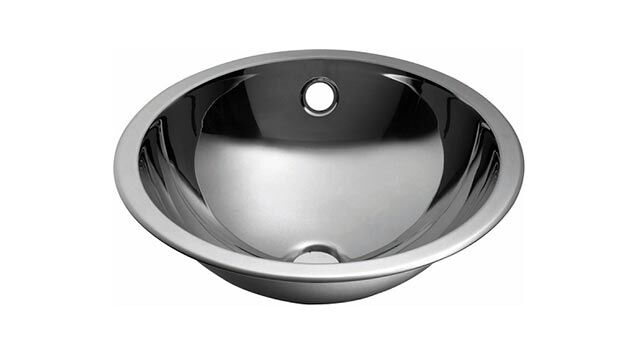Maintenance of stainless steel

Stainless steel is a family of steel grades characterized by increased resistance to oxidation (corrosion) due to their chemical composition. It is important to note that this type of steel is not completely resistant to corrosion, but has an increased resistance to it.
We use the following types of steel in our products:
- ferritic with categories (PN H17, AISI 430)
- austenitic (PN 0H18N9, AISI 304) (PN 0H17N12M2 AISI 316L)
The above mentioned types of stainless steel differ in their chemical composition, which greatly affects their resistance to corrosion. It is recommended not to use elements made of stainless steel (AISI 430, 304) in environments with high or very high corrosiveness, such as coastal areas or near industrial plants where there is significant sulfur dioxide pollution. It is also advised to use high quality products with limited amounts of aggressive ingredients for dispensing liquids (soap, disinfectants, pastes).
When choosing the type of steel, it is important to consider the concentration of pollutants in the atmosphere/room.
In case of increased amounts of sulfur oxides and chlorides in the atmosphere/room or when steel is exposed to direct contact with aggressive substances (chlorine, acids), it is recommended to use steel with molybdenum content (steel with molybdenum content of category 316L should be used).
EXAMPLES OF REMOVING THE MOST COMMON STAINS AND DISCOLORATIONS:
- Fingerprints
They should be washed with alcohol or solvent. After washing, rinse with cold water and dry thoroughly.
- Oils, fats, greases
They should be washed with organic solvents and then with warm water with the addition of soap or mild detergent. Rinse with clean water and dry thoroughly.
- More resistant stains and temperature deposits
They should be washed with a gentle abrasive detergent, rubbing in the direction of the surface's polished structure. Rinse with clean cold water and dry thoroughly.
- Strong discolorations
Clean with a slightly rough sponge in the direction of the visible surface structure. Rinse with clean cold water, then dry thoroughly.
- Rust stains
The surface should be moistened with a solution of oxalic acid and left for about 15-20 minutes, then washed using a gentle detergent. Rinse with clean water and dry.
- Paint
Clean the stained surface with a paint solvent, then rinse with clean water and dry.
- Scratches on the surface
Gently sand with a non-iron containing material in the direction of the sanded surface structure, then wash with a mild scrubbing detergent, rinse with clean water and dry.
ATTENTION!!!
Do not use cleaning products containing ingredients such as chlorine, salt, or bleach to clean stainless steel products. Even a small amount of chlorine in cleaning products can cause permanent damage to the chromium oxide layer responsible for anti-corrosion properties and ultimately lead to corrosion. Do not use powders or other abrasive products, silver cleaners, wire brushes, or sharp scrubbers.
Check out Faneco products:
Stainless steel sanitary products
Towel containers/dispensers
Toilet paper containers/dispensers
Bathroom trash cans
Bathroom fixtures
Bathroom handles and accessories for people with disabilities
Discover our comprehensive:
Public toilet equipment for architects and designers
Toilet equipment for construction companies and developers
Bathroom equipment for people with disabilities
Bathroom equipment for HoReCa







 Polski
Polski
 Český
Český
 Deutsch
Deutsch
 Spanish
Spanish
 French
French
 Italian
Italian